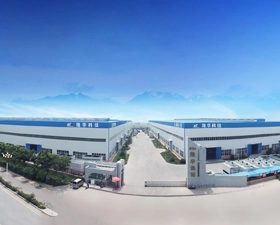Electronic processing materials are essential components of the electronics industry. They include semiconductors, metals, ceramics, and polymers used in the production of microchips, printed circuit boards, and electronic devices. These materials are chosen for their unique properties, such as conductivity, resistance, and thermal stability, which enable the optimal function of electronic devices. Developments in electronic processing materials include the creation of new materials such as nanomaterials and graphene, which have superior properties to traditional materials. Overall, electronic processing materials are crucial for the production of high-performance electronic devices and play a vital role in driving innovation in the industry.


 EN
EN
 jp
jp  ko
ko  fr
fr  de
de  es
es  it
it  ru
ru  pt
pt  ar
ar  tr
tr 


















































